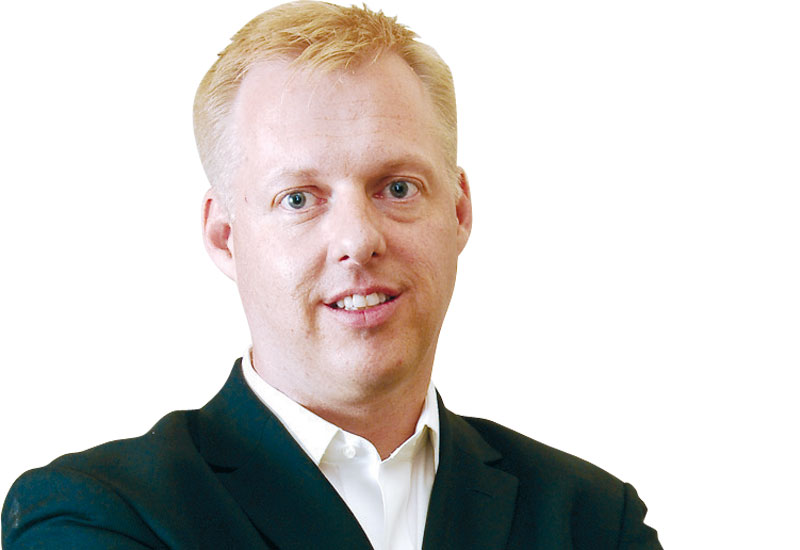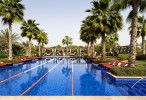The sensible choice
Results from The Ernst & Young (EY) Spa Benchmark Survey, released earlier this year, confirmed that consumer propensity of going to spas is on the rise.
The number of treatments booked at spas in Dubai in June reflected a 39% increase since January. The survey did, however, demonstrate that the economic crisis has had an impact on the price sensitivity of patrons.
During the same period examined by the survey, treatment revenues increased by only 32%.
When considering the current economic climate and the results of the survey, the evidence would suggest that opening a mid-market, rather than a luxury spa, is the more sensible option, according to Spatality’s Schweder: “These figures suggest that a mid-market spa would definitely be a more sensible option in the current climate, however the challenge for any type of spa now is to function in a profitable way,” he says.
“Like every other business that wants to survive in the present slowdown, spas seriously need to examine every area of their business to remain relevant and provide value to their clients.”

Advertisement
Defined design
Zynk Design’s Theodoulou asserts that while mid-market spas can offer a specialised service, it is important to be clearly defined in respect to their design and purpose. He says mid-market spas should “know their target customers and define the proposition to appeal to them”.
“Have the ‘spa journey’ defined from the outset,” he advises. “This will maximise the guest experience and operational efficiency.”
Mandara’s Thompson agrees and points to the offering of Mandara’s own mid-market brand Chavana.
“It will have a menu of four massage treatments and one facial; there will also be a couple packages that offer a scrub,” he reveals.
Mandara has received a high amount of interest in its Chavana brand during the past six months, he claims, with five-star hotels even expressing an interest.
The reasons for the increased interest in mid-market spas are two-fold, explains Thompson: “The first is the cost factor — a mid-market spa requires less space due to limited facilities and the fit-out is more economical,” he points out.
“The second is that hotel owners are reviewing their business models and want to ensure that the spa is not just a necessity for their rating, but a revenue generating and profitable outlet.”
Thompson claims that hotels are currently looking for spa operators who can allow the hotel company to “focus on what they do best”.
“More and more owners will now be focused on getting a return on investment on a spa build more quickly than in the past and therefore every square metre will be scrutinised,” he notes.
Thompson points to the Dubai example, where a high number of high-end spas are all are fighting for the same market.
“When there is a great potential of this other market which is being tapped into now — the spas, owners and hotels need to look at their marketing and target this demographic, because the business is there just waiting,” he concludes.









 Search our database of more than 2,700 industry companies
Search our database of more than 2,700 industry companies










May 10, 2010 , United Kingdom
Having conducted a number of Mystery Shopping assignments within the Spa and Beauty Industry our findings reveal that there is very little retailing of products and upselling of treatments to customers who are visiting Spa's. This area, if managed correctly can boost income and profits significa...